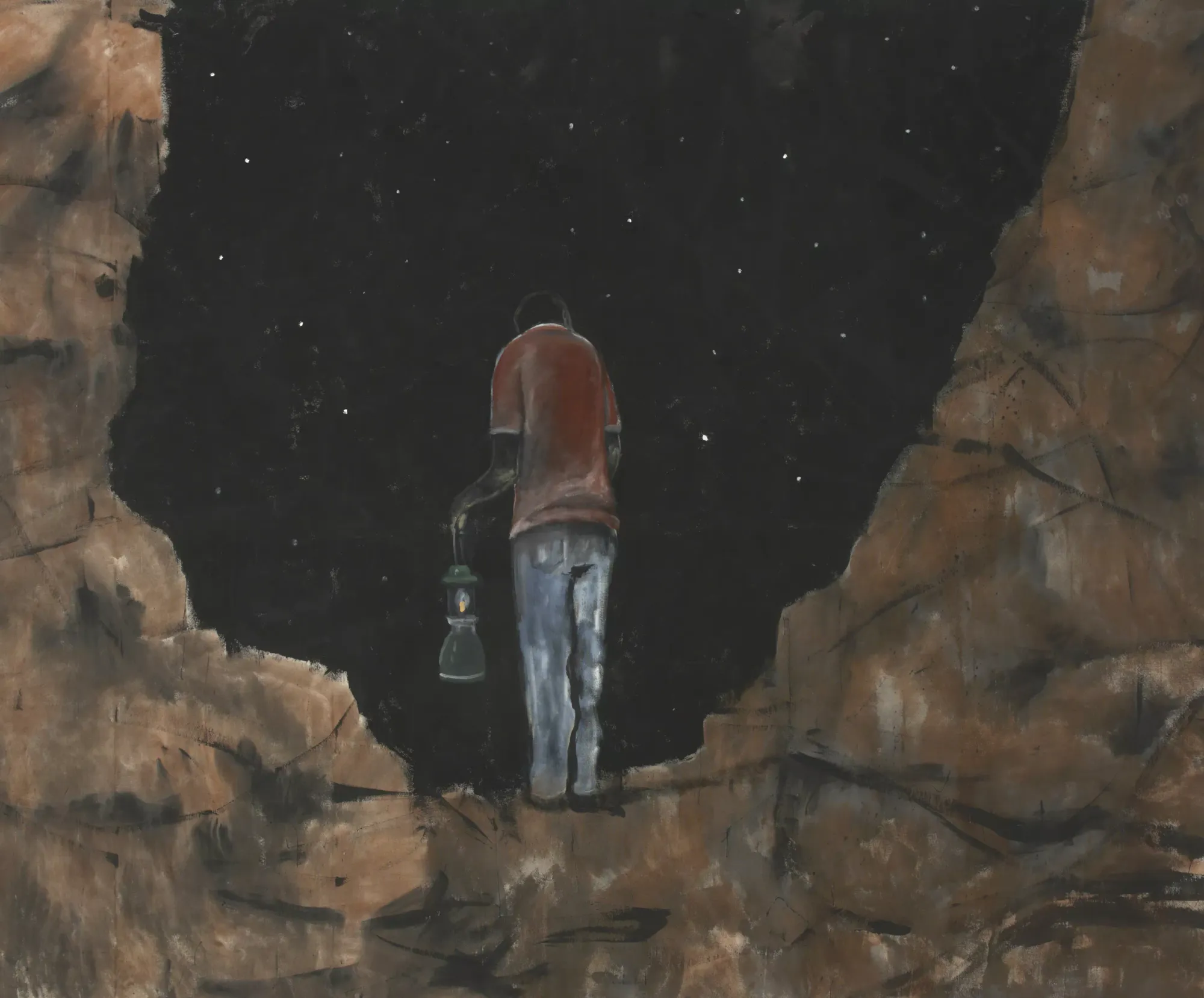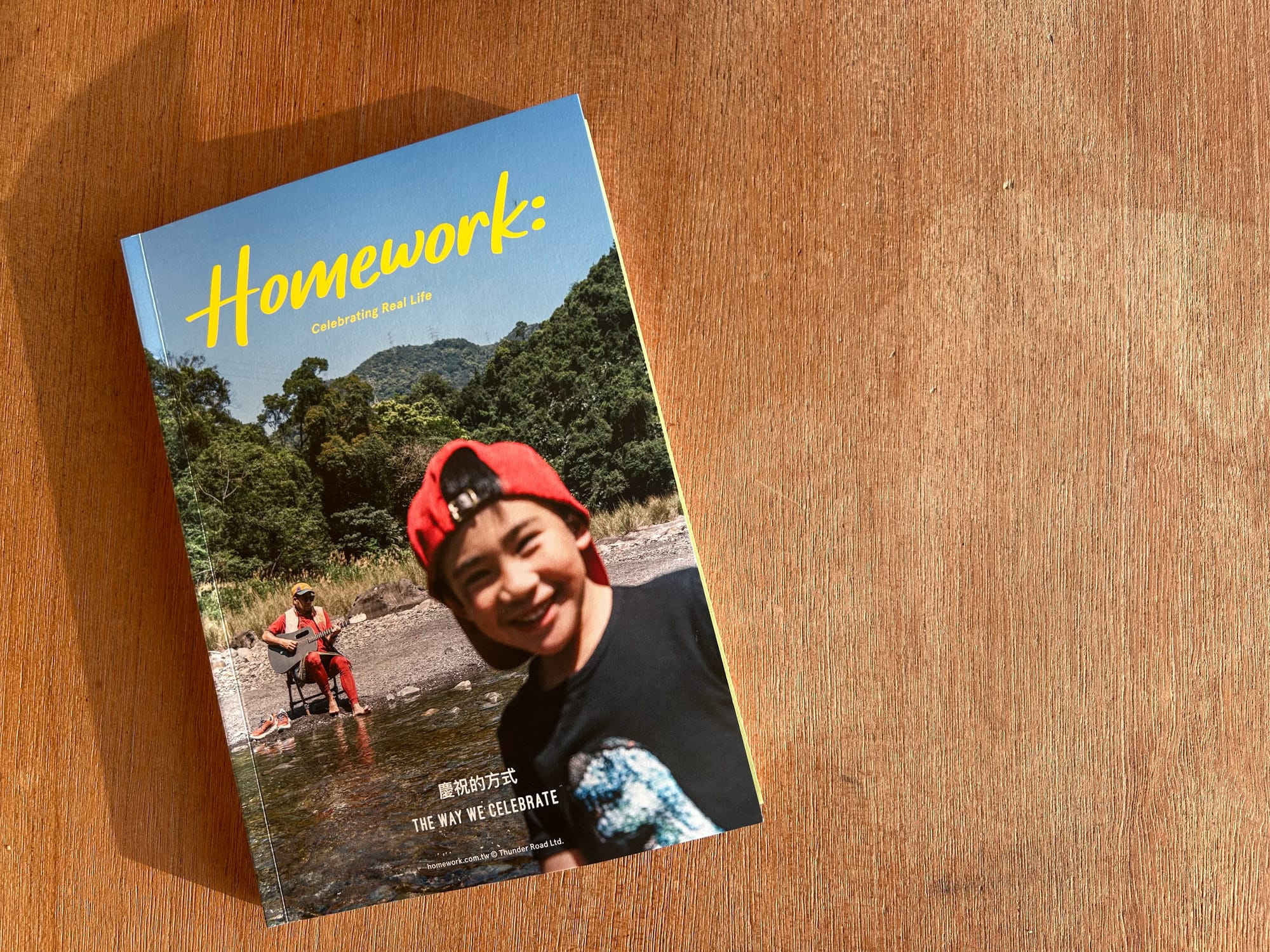Shorts: Noah Davis and Homework
Nostos is a weekly newsletter about making a home at the intersection of art and life. Shorts is a regular column with links and commentary on family culture.
Noah Davis (Barbican)
The Noah Davis exhibition at the Barbican is a celebration of the intersection of painting and community. Painting can be a solitary practice, particularly in LA where the commute from home to studio can be undertaken in the automotive bubble, but with Noah there is a considered approach to painting as a social practice that I find formally beautiful.
First there is the way that he worked beyond painting, founding the Underground Museum, a unique neighborhood institution that turned the experience of the contemporary art museum into a community project. The Barbican exhibition includes restagings of several UM projects, including its infamous debut exhibition, “Imitation of Wealth,” for which Noah recreated well-known artworks held in museum collections that, at the time, could not or would not lend to UM, as well as a later William Kentridge exhibition that UM organized with MOCA curator Helen Moleseworth.
Then there is how this whole social practice was a family affair: Noah founded the UM with his wife and brother, both of whom are also artists: Karon Davis comes from theater and creates sculptural tableaux, while Kahlil Joseph is the director behind important films shot in collaboration with Kendrick Lamar, Beyoncé, and FKA twigs (as an aside, his work is fantastically adept at capturing the sense of place, m.A.A.d. for Los Angeles and Fly Paper for New York).
Finally, there is the content of Noah’s painting, which alludes to social dynamics on a macroscopic level in operatic compositions of bodies among modernist architecture and then zooms in on the person-to-person connections that make and break these wider structures. One of my favorite paintings of all time is Single Mother with Father out of the Picture, its title defining its composition and making space for the most incredible interplay of faces, skin, domestic interior, painting-in-painting. Or 1984, which pictures his wife Karon as a seven-year-old in a Halloween costume. Not everything is biographical; many of Noah’s most important bodies of work are more conceptual in nature. But I’m pulled in by the place where biography meets practice.

The pièce de résistance in London is Painting for My Dad, an oversized piece more than two meters wide, a dark and looming picture hung on a black wall. Finished shortly after the artist’s father died and a couple years before his own untimely death from cancer, Painting stares into the void with terror and longing and tension and cold acceptance. In his short career, in his short life of 32 years, Noah packed in far more than the exuberance of some fantastic paintings—the rich scaffolding of a social structure for how life might be lived.
Homework Magazine
I was very happy to recently receive in the mail a copy of the first issue of Homework, a new Chinese-language magazine published by Eileen Chien. I met Eileen and learned about Homework through its creative director, Amy Chang, the brilliant graphic designer who I first worked with when I was editing LEAP and invited her to guide our editorial art direction. Since we both moved to Taipei she has become a close friend, so it's great to see her making creative strides while bringing up her family!

Eileen, too, runs a very creative family (her husband is a music producer who has published on music appreciation for children). The tagline of Homework is “Celebrating Real Life,” and it’s positioned as a lifestyle magazine for people with children, featuring profiles of parents and families of various interests and configurations, as well as Taipei restaurant reviews, recipes, and recommendations for toys, apps, products, books, and music. It’s an approachable sensibility, and a nice addition to the stable of design parenting magazines, which has been lacking ever since Kindling decided to stop publishing after just three issues two years ago. Lately I’ve also been enjoying the offerings from Anorak, which are delightful but a slightly different thing—magazines for children rather than lifestyle magazines for people who happen to have children. Homework positions itself somewhere in the space in between; let’s see how they grow.